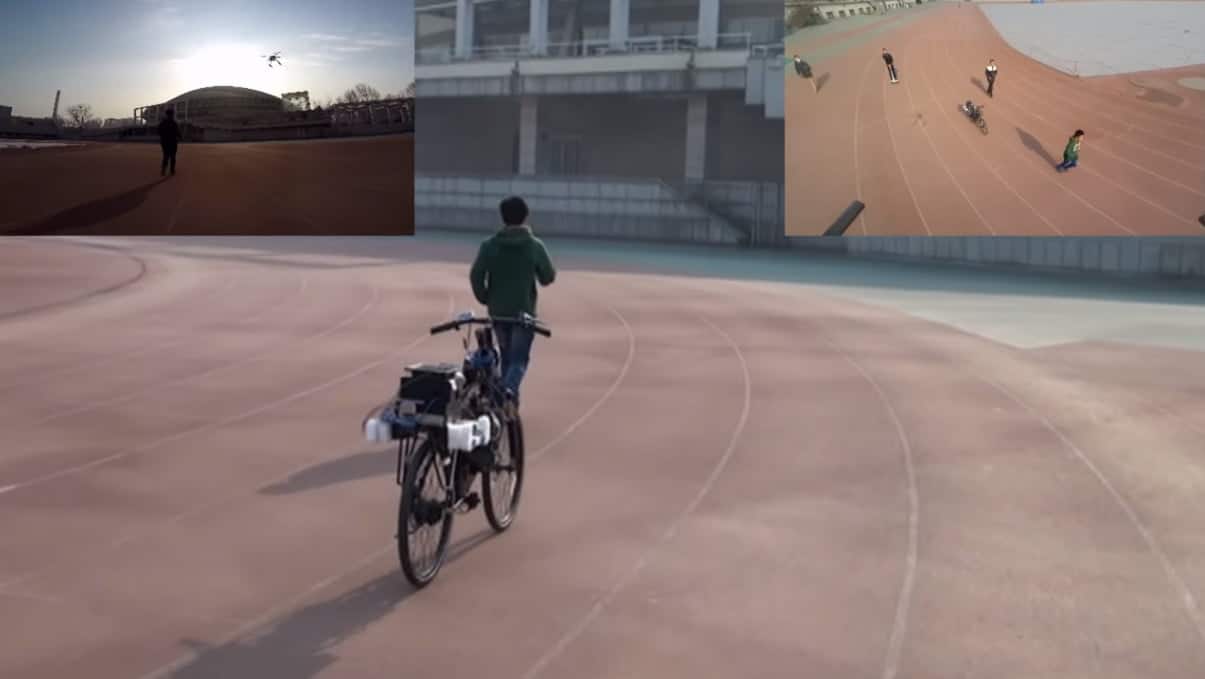In June 2012 I was on the street in Beijing, and I had just poked my nose to get to know the city. With a robust dose of naive emotion I had in my ears the song of the sweet Katie Melua who sang about 9 million bikes in the city. I wanted to listen to him to see what effect it had on me while I was actually watching thousands of Chinese people cycling (and wearing masks) to run to work.
Today among those millions of bikes there is an autonomous bike that goes around on its own, and shows all the technological advancements of the Celestial Empire.
It may not seem like it at first glance, but this autonomous bike is one of the symbols of Chinese progress in the development of advanced processors forartificial intelligence.
Look, mom: no hands!
The bike does not only have the ability to balance itself by balancing its center of gravity in real time. It autonomously bypasses obstacles by producing itself in different turning radii, and also responds to voice commands. Here it is in a video that shows its very early stages of development.
All thanks to the chip
Everyone watching the wheels and the handlebars, but the secret of this velocipede is in the brain. This bike uses a brand new chip called Tianjic. It was developed by Luping Shi and his colleagues from Tsinghua University, an important academic and technological hub in Beijing.
A fascinating hybrid
The peculiar characteristic of the Tianjic chip is in the ability to put together two structurally different approaches to calculation. A conventional one Von Neuman architecture and one inspired by neurology.
Together, the two approaches work together to support the artificial neural networks underlying obstacle recognition, balance and speech recognition.
Could this be the future of AI?
In a paper that illustrates both the characteristics of the bike and the chip, published in the journal Nature, researchers suggest that this hybrid architecture will be crucial to the development of artificial intelligence.
A bit like operating two hemispheres of a brain, each responsible for specific functions, this hybrid architecture shows the growing importance of designing specific processors for AI.
Made in China
China has been trying to build its processor industry for some time, and the need is now stronger than ever also in light of the "trade war" with the US administration of Donald Trump. The development of advanced processors for PCs remains a currently unattainable goal, but this bike shows that the Chinese could become leaders in AI processors.


